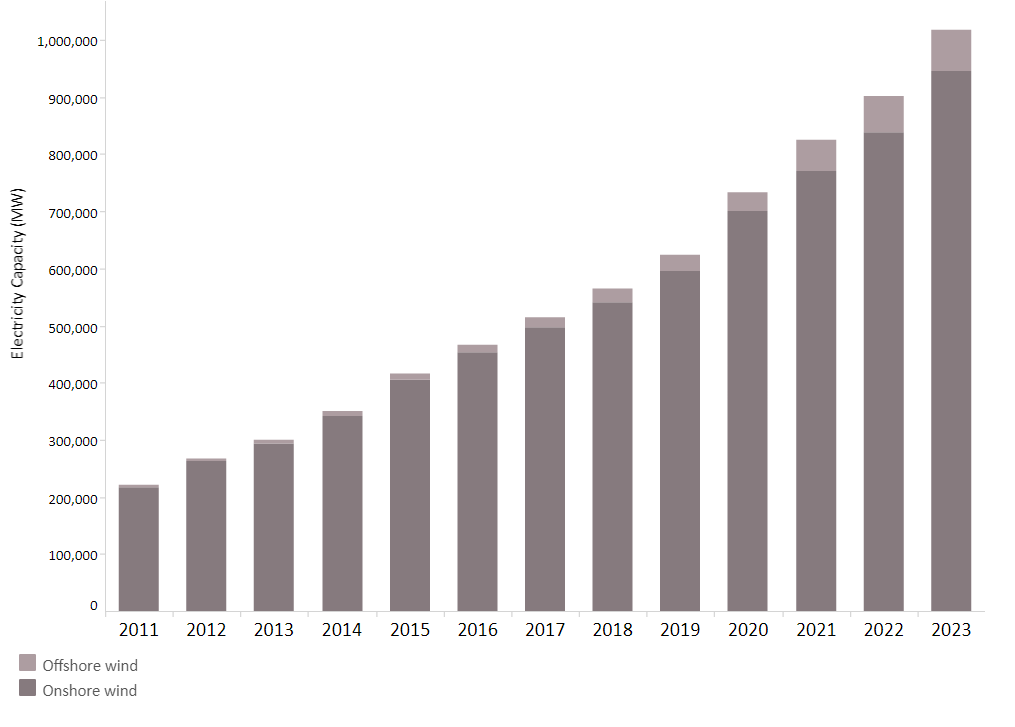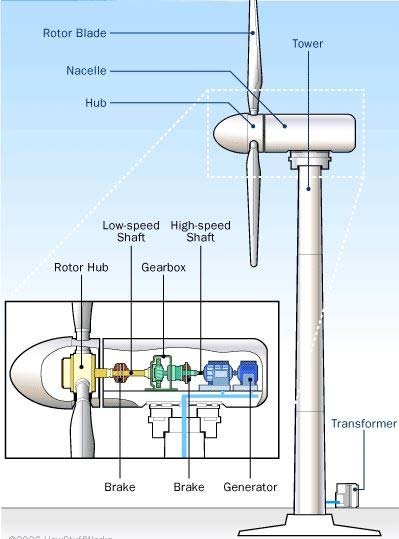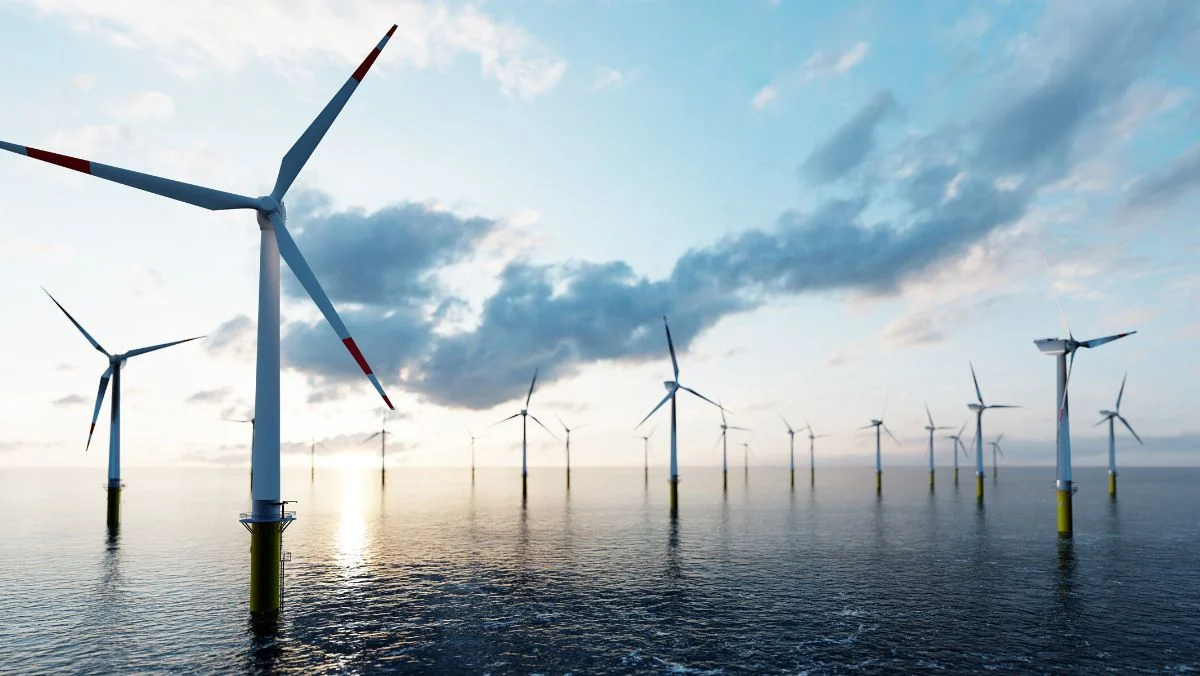Harnessing the Power of Wind Energy: Understanding the Basics
Wind energy is a renewable power source that uses the kinetic energy of moving air harnessed by wind turbines, to generate electricity. Wind is generated by the sun’s uneven heating of the Earth’s surface. This process causes air masses to move, resulting in the wind we feel. By leveraging this kinetic energy, wind turbines can convert it into electricity, providing a clean and sustainable source of power.
This type of renewable power is one of the fastest-growing sources of renewable energy globally, and it is crucial for the transition to a clean and sustainable future. In this blog post, we will delve into the basics, exploring how it works, its advantages, and its limitations.

Wind Turbines
Wind turbines are the primary devices used to capture and convert the kinetic power into usable electricity. They consist of several essential components:
- Rotor Blades: These are the long, curved blades attached to the hub of the turbine. As the wind blows, the blades rotate, converting the wind’s kinetic energy into mechanical energy.
- Generator: Located in the nacelle, the generator converts the mechanical energy into electrical energy. It operates similarly to an electric motor but in reverse.
- Tower: The tower provides the necessary height to position the turbine’s hub in the path of the strongest winds, allowing it to access higher wind speeds and increase electricity generation.

Wind Speed and Power Output
The power output of a wind turbine depends on the wind speed. Engineers measure wind speed at hub height, where the rotor is located, to ensure accurate data for optimal turbine performance. The relationship between wind speed and power output is non-linear and follows the “cube law.” This means that a small increase in wind speed results in a significant increase in power output. However, there is a cut-off point beyond which higher wind speeds become too intense for the turbine to handle safely.
Advantages of Wind Power
Wind power offers numerous benefits as a sustainable and renewable source of power generation. Some of the key advantages include:
- Clean Energy: Turbines do not pollute water or the air, reducing smog, acid rain, and greenhouse gas emissions.
- Widely Available: As a renewable source it is an abundant natural resource available in many parts of the world, making it a viable option for energy generation.
- Job Creation: Development creates thousands of long-term, high-paying jobs in various fields.
- Low Operating Costs: Wind energy has low operating costs due to no associated fuel costs, maintenance and repairs. These are the primary expenses.
Limitations of Wind Power
Despite its advantages, wind power has some limitations:
- Irregular Wind Patterns: Wind speeds can vary significantly from day to day and even hour to hour. This makes it challenging to generate a constant stream of power. Energy storage systems or integration with other renewable sources can help mitigate this issue.
- Impact on Wildlife: Wind turbines can pose a risk to birds and bats. If they are located in migration corridors or areas where these animals are concentrated. Furthermore, measures such as carefully selecting turbine locations and using technology to deter wildlife can help minimize this impact.
Conclusion
Wind energy is a rapidly growing and renewable source of power that plays a crucial role in the global transition to clean power. Its advantages, including its abundance, low environmental impact, and increasing cost competitiveness, make it an attractive option for utilities and consumers. By leveraging advanced technology and meticulous planning, wind energy developers can effectively mitigate the limitations, including irregular wind patterns and potential impacts on wildlife. As we continue to explore renewable energy solutions, wind energy remains a vital pillar of a sustainable future.


Leave a Reply